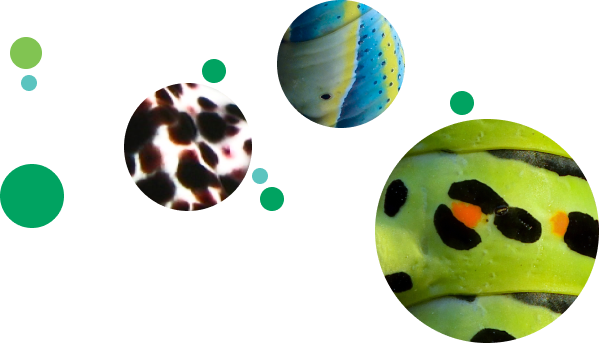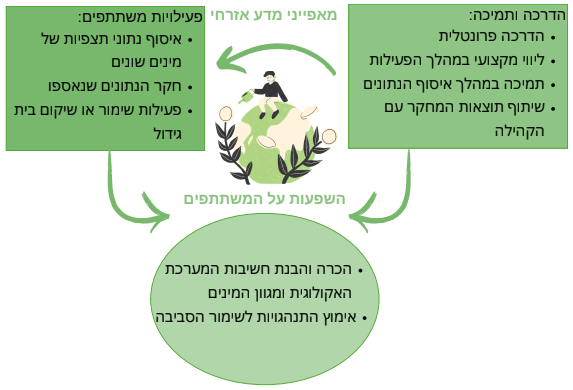Citizen Science as a Tool for Connecting People to Nature

Numerous studies highlight the benefits of citizen science in fostering connections between people and nature and in raising public awareness of environmental issues and conservation. However, the characteristics of citizen science initiatives that drive these outcomes—and how new projects can be designed to promote them—remain somewhat unclear. The aim of our literature review is to identify key features of citizen science projects around the world that have led to pro-environmental outcomes. Recognizing these features can help improve the design of future citizen science initiatives and inform further research that seeks to enhance participants’ environmental engagement.
To identify the features of citizen science projects that foster environmental outcomes, we conducted a systematic literature review following the PRISMA protocol (Preferred Reporting Items for Systematic Reviews and Meta-Analyses). This approach provides an evidence-based and replicable method for reviewing the literature through a clearly defined, rigorous process. The PRISMA-based review involved defining focused research questions, selecting keywords, searching academic databases, compiling a body of relevant publications, and applying inclusion and exclusion criteria. Articles were screened through abstract reviews and further filtered through coding categories, classification stages, and in-depth analysis.
Preliminary Findings
Over the past decade, research has increasingly pointed to the benefits of citizen science in environmental education, nature connectedness, and promoting active participation in conservation. However, many projects do not fully realize this potential, and the mechanisms behind their success remain unclear. Our review analyzed 54 peer-reviewed articles, selected from an initial pool of 1,622 studies, to examine which factors influence participant learning outcomes and to inform the design of future initiatives. So far, several key themes have emerged:
Support and Guidance
Projects that offered structured support and professional guidance throughout the process tended to yield stronger learning outcomes. These included in-person training sessions, ongoing assistance during data collection, and efforts to share research results with the community.
Participant Activities
Most projects involved participants in species observation and data collection, as is common in citizen science. Some projects also included data analysis and habitat conservation or restoration activities, offering a more comprehensive learning experience.
Participant Impacts
The primary impacts identified were related to environmental behavior and biodiversity conservation, such as planting pollinator-attracting plants, avoiding pesticide use, restoring habitats, and participating in cleanup efforts. Fewer projects reported outcomes tied to personal connection with nature, environmental activism, or sustainable lifestyle changes—likely because most initiatives focused primarily on species and habitat conservation. As a result, participant training and evaluation were usually geared toward these domains.
In conclusion, our research reveals that ongoing support and guidance throughout a project are key features of citizen science initiatives that lead to meaningful learning outcomes. Moreover, the content of training can significantly influence the types of changes participants choose to make in their lives.
In the next phases of this study, we will deepen our analysis of how specific project characteristics relate to participant outcomes, aiming to better understand how to design citizen science initiatives that maximize their social and environmental impact.
